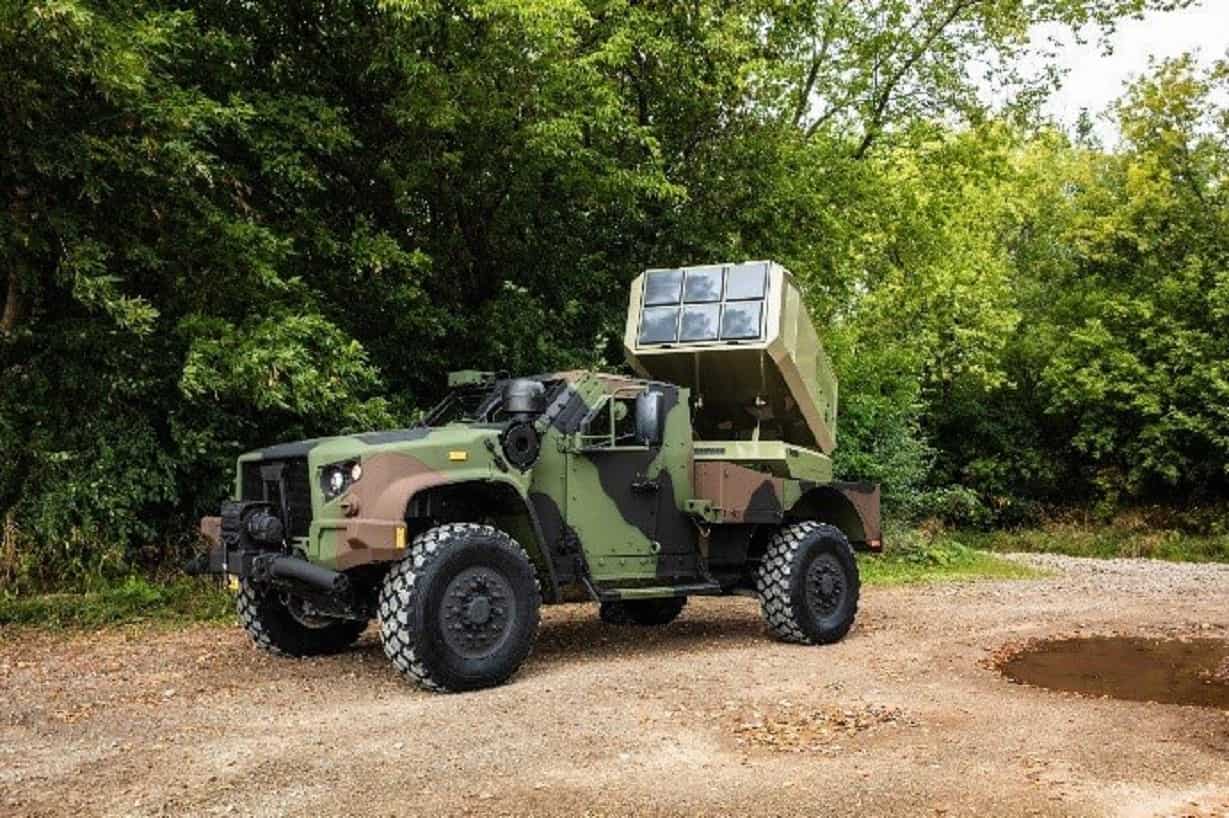Oshkosh Defense unveils JLTV with the loitering weapon systems
Oshkosh Defense, a business unit of Oshkosh Corporation (NYSE: OSK) company, has displayed its new version of Joint Light Tactical Vehicle (JLTV) at the Modern Day Marine Expo 2019.
The advanced version of JLTV was equipped with Hero-120 tactical systems developed by the Israeli loitering munition specialist UVision.
The new vehicle is equipped with modular multi-canister launcher system for six loitering munitions. The Hero-120 munitions carry a 3.5 kg warhead and can endure an extended flight time of 60 minutes.
HERO systems enable high-speed transit flight and low-speed loitering, depending on the tactical or operational needs of the mission: handling moving targets, moving light-duty vehicles, tanks, and other strategic objectives. The weapon can strike targets including vehicles, structures and personnel, with the ability to loiter for over 1h, and with a range of 21.6 nautical miles (40km).
“As the military pivots its focus from counter-insurgency threats towards near-peer adversaries, so too must the industry,” said George Mansfield, Vice President and General Manager of Joint Programs for Oshkosh Defense. “We designed the JLTV with the unpredictability of the future in mind, bringing the Warfighter unprecedented lethality capabilities along with scalable levels of protection to meet virtually any mission need.”
The U.S. Marine Corps recently announced that they plan to increase their Approved Acquisition Objective (AAO). “We’re incredibly pleased to hear that based on their own evaluation, the U.S. Marine Corps (USMC) is now planning to field 15,390 JLTVs, replacing all HMMWVs in the Corps’ legacy fleet in a one-for-one swap,” said Mansfield. “We will continue to work with both the U.S. Army and the USMC to align and deliver against key military modernization priorities.” With this increase, the Marines have nearly tripled their original AAO, up from an original 5,500 quantity.
The Marine Corps also recently announced that the JLTV program has reached Initial Operational Capability (IOC), nearly a year ahead of schedule.

Read More


No comments